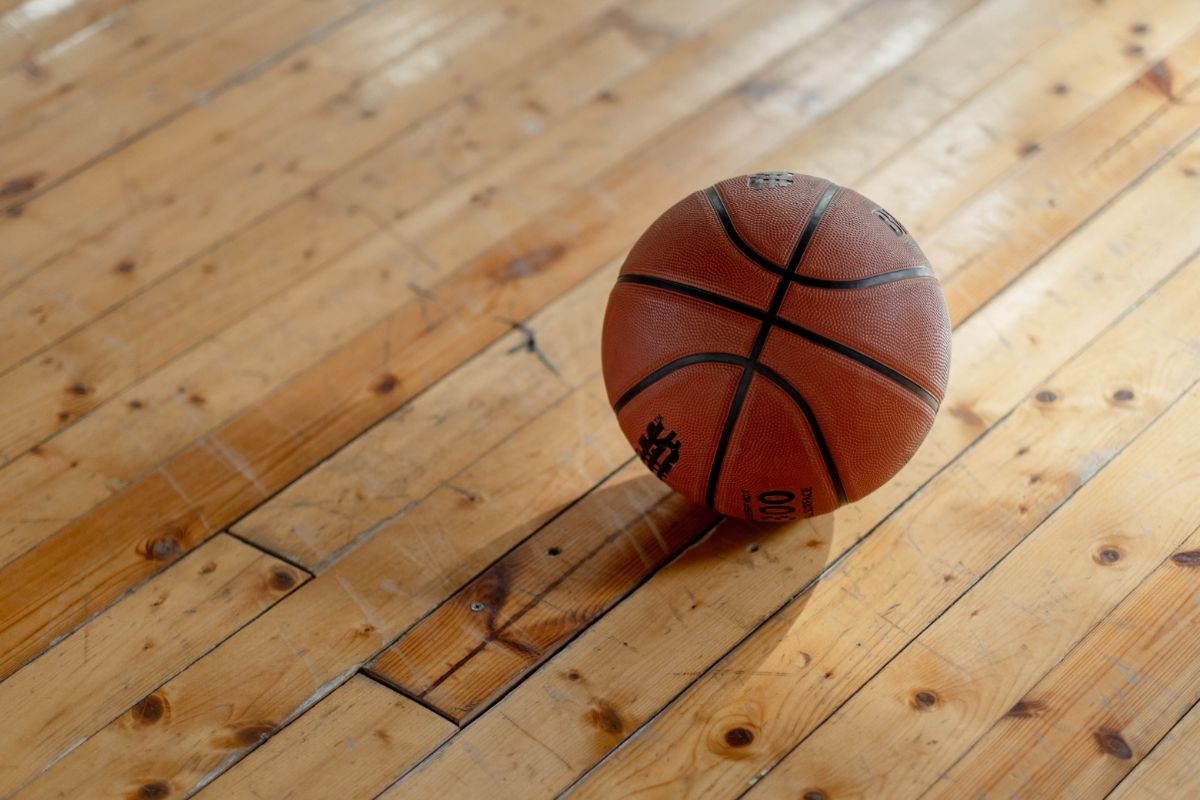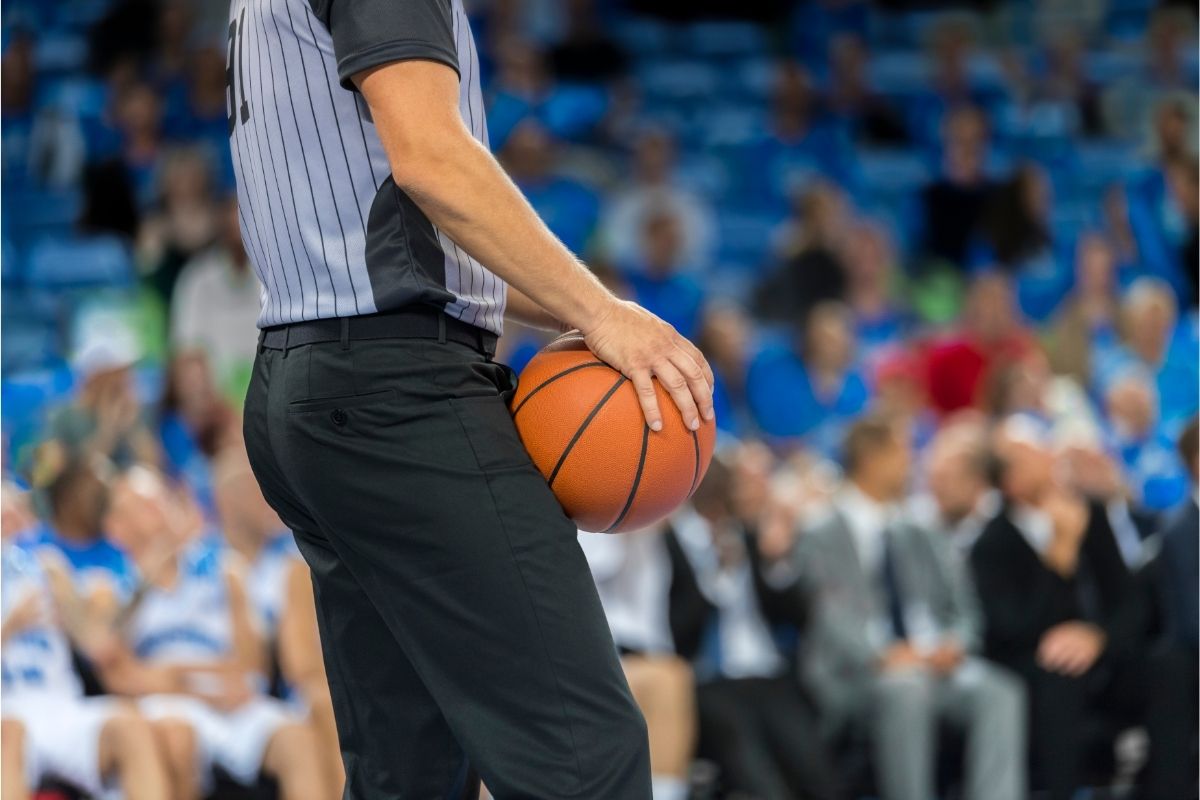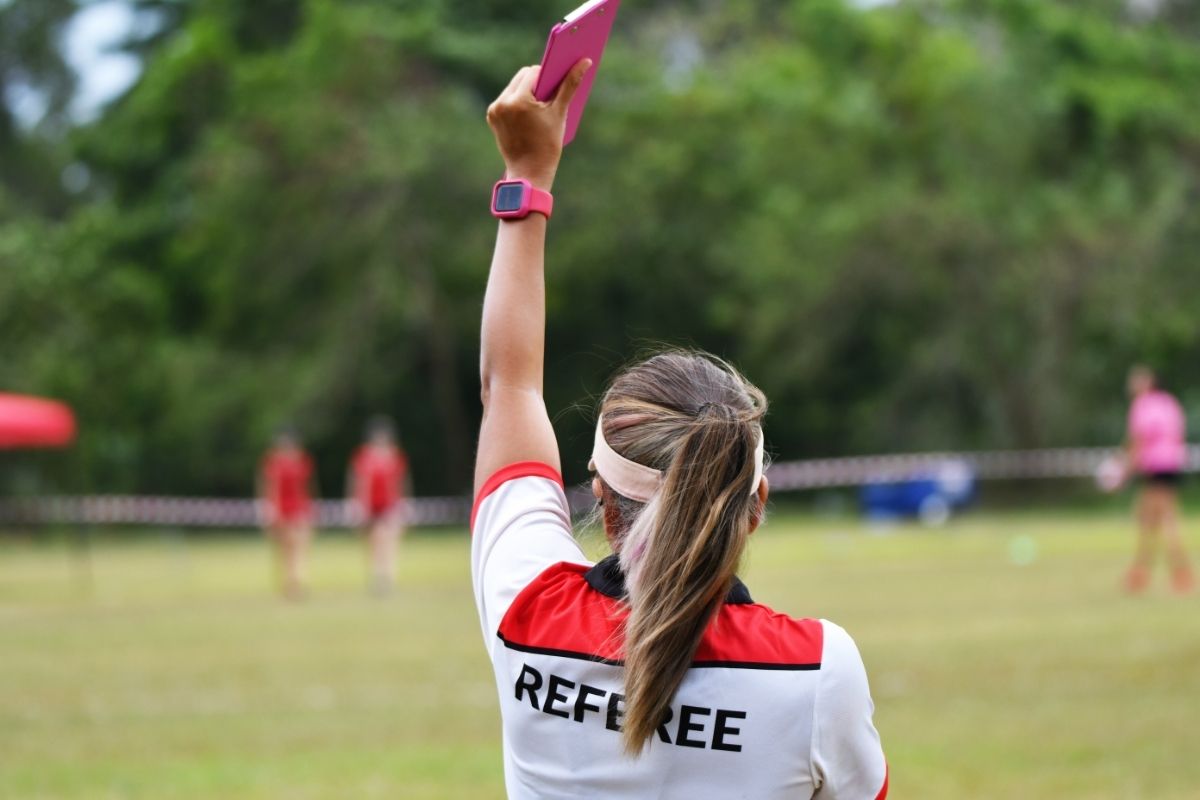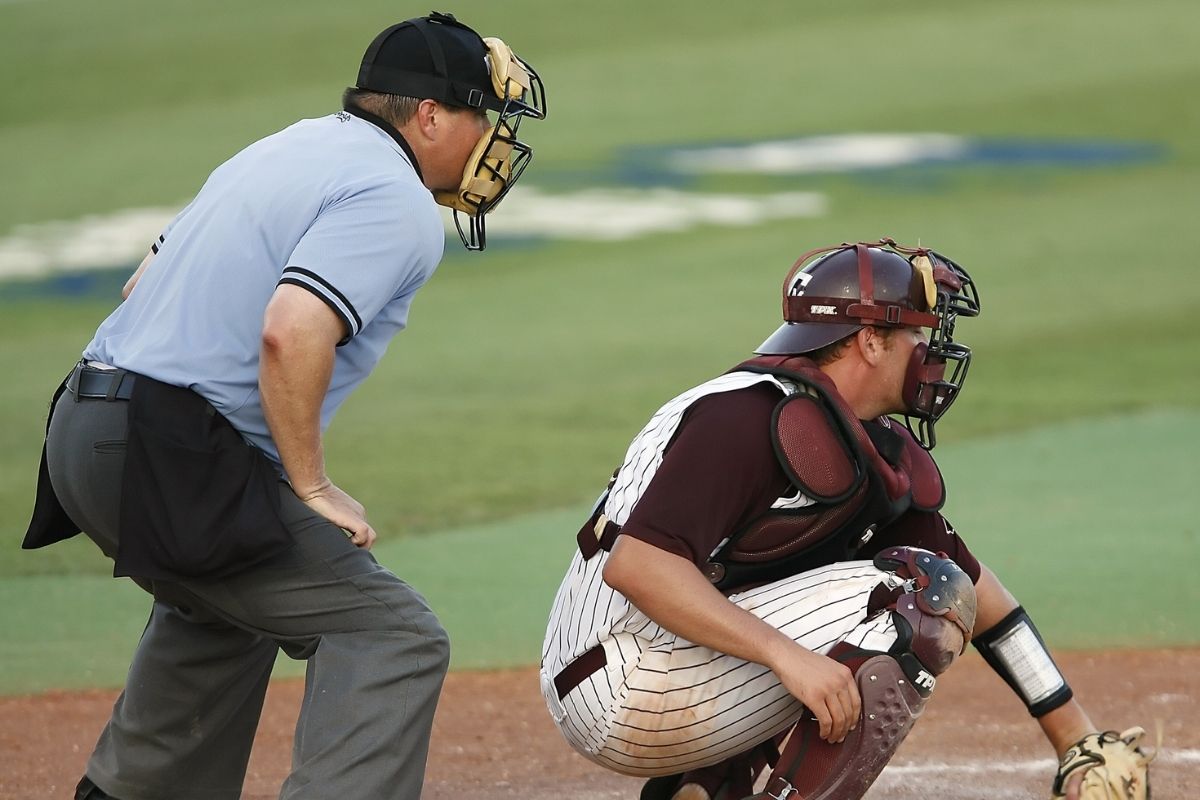Basketball is one of the most popular sports in the United States and one of the reasons why so many people take up watching and participating in this sport is because of how easy it is to follow the rules and remember them.
The main rules of basketball can be filtered down to 10 basic rules that every game must follow. This makes it easy to follow along when spectating and to keep in mind when you are playing.


So, if you are just getting started in your basketball journey, here are the 10 basic rules of basketball that every fan and player should know about.
Rule #1: Only Dribble The Ball With One Hand
Dribbling, or bouncing, the ball is a key part of playing basketball as it’s how players are able to move and keep possession of the ball. However, there are rules in place concerning how a player can dribble the ball.
Basketball players can only dribble the ball using one hand. This means you can’t bounce the ball using both your hands. You can only use one hand to dribble the ball, otherwise you are breaking the rules.
Rule #2: Do Not Carry The Ball
This is another rule that concentrates on how a player can ‘dribble’ a ball.
You can only dribble the ball with one hand but that hand must always be on the top of the ball at all times. If you place your single hand underneath the ball while traveling, then that is classed as ‘carrying’ the ball.
If you are caught carrying the ball by touching its bottom instead of its top with your hand, then you will lose the ball to the opposing team for breaking the rules.
Rule #3: You Can Only Travel When Dribbling
This rule is a key component to how basketball works – you can only travel when dribbling the ball.
This is how players can travel with the ball from one end of the court to the other.
They can only move both of their feet while the ball is dribbling. If they stop dribbling, then they have to stop – but they can still pivot on one foot to get a better angle to pass the ball to a member of their team or to try and shoot the ball into the basket.
Rule #4: Once You’re Halfway Across, There’s No Going Back
Once an offensive team either reaches or crosses half of the court then they cannot turn around and go backwards to the backcourt. From the halfway point onwards, they can only attack to try and shoot the ball.
If this does happen, then it counts as a backcourt violation.
However, there is one exception to this rule. If the ball is knocked into the backcourt by the defending team, then the offensive team can head backwards to recover the ball and keep possession.
Rule #5: If You Stop Dribbling, You Have To Shoot Or Pass
This is another rule that is a key component to how basketball works.
A player can only move both feet while dribbling the ball, but they cannot stop dribbling and then start dribbling again. Once a player stops dribbling the ball, they cannot move from that spot unless they are pivoting.
They also have a limited amount of time to either pass the ball to another player or to try and shoot the ball into the basket from their position. So, once a player stops dribbling, they either have to shoot or pass – they can’t travel.


Rule #6: If The Ball is Out Of Bounds, The Opposing Team Takes Control
This is an easy rule to understand.
If the ball at any point goes out of bounds during play, then possession switches from the attacking team to the defending team. So, players with possession of the ball must keep it in bounds at all times during play or they risk losing it to the opposing team.
Rule #7: No Physical Contact
Players cannot touch or try to move another player through contact. Although accidental contact can be forgiven, it’s against the rules for a player to lay a hand willingly on another player or they face a penalty.
So, by rule, basketball is a non-contact sport although sometimes contact can accidentally happen.
Rule #8: Do Not Kick Or Punch The Ball
Players cannot kick the ball or try to punch it.
You can throw, catch, and dribble the ball but using your feet or fists to try and move the ball is against the rules. If you want to kick the ball, then go play soccer instead.
Rule #9: You Can’t Block The Ball When It Falls
This can be a trickier rule to wrap your head around.
So, players are allowed to block a ball when it is traveling upwards to the basket. You can jump and block the ball or slap it away from your opponent’s possession – that is fine.
What is not allowed is slapping or blocking the ball when it is on a downward trajectory.
That is called goaltending and this will result in points being given to the other team.
Rule #10: Follow The Rules Of Your Position
Every player is put into a position at the start of every game and each position is a role with certain rules and duties that you must follow.
This means that there are certain rules that only apply to one player and perhaps not to others – so it’s important that when playing basketball, you are aware of the rules that apply to your position and you follow them.
This will help you avoid committing fouls or breaking the rules that could reward your opposing team with extra points.
Conclusion
So, those are the ten basic rules of basketball that every player and spectator should be aware of. That way, you can play and watch basketball and understand what is going on.
Read over the above rule again and keep them in mind next time you watch or play a basketball game!
- Can You Play Pickleball on Grass? Tips and Tricks - June 12, 2023
- Do Pickleballs Wear Out? Everything You Need to Know - June 12, 2023
- Can You Play Pickleball on Concrete? A Guide to Playing on Hard Surfaces - June 12, 2023








